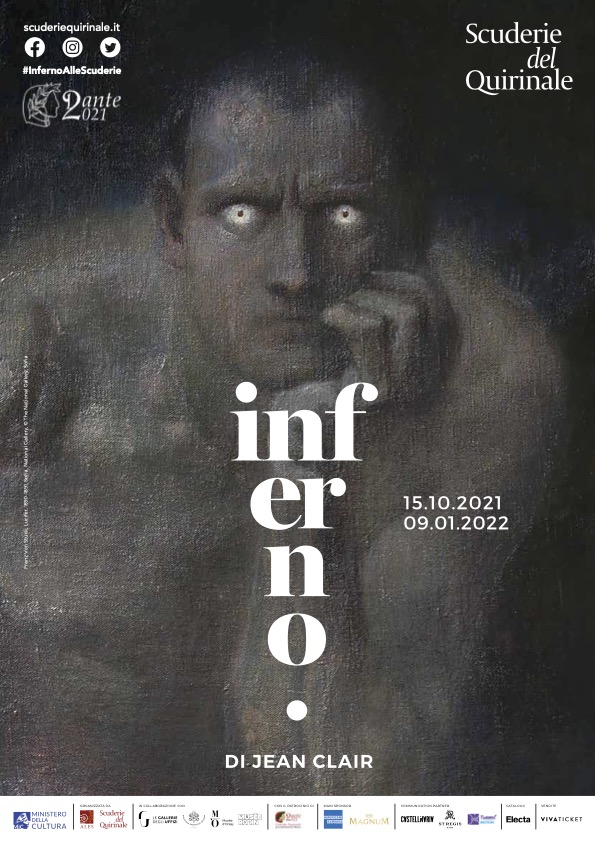Francesco Bertos, The fall of the rebel angels
Francesco Bertos (?), formerly attributed to Agostino Fasolato The fall of the rebel angels, c. 1725–35 Banca Intesa San Paolo, Gallerie d’ Italia – Palazzo Leoni Montanari,
Carved from a single block of marble, the sculpture depicts the battle between the armies of Good and Evil as described in the Scripture: sixty figures forming a pyramidal composition are linked in an extraordinary variety of poses, as they are sent hurtling down to Earth by the Archangel Michael. Placed at the apex of the pyramid, he casts the rebel angels into the maw of Hell, his sword drawn and his shield bearing the words QVIS/ UT/ DEVS (Who [is] like God [?]). The figure of the archangel is opposed at the base by the proud, erect Lucifer who, armed with a pitchfork, points at Michael while all around him his fallen soldiers are transformed into devils with diabolical serpents and dragons writhing amongst them.
The extraordinarily daring composition and technical virtuosity of The fall of the rebel angels – commissioned, according to sources, by Knight of Malta Marcantonio Trento, thus probably alluding to the commitment of the Christian soldier whose protector is St Michael – has always amazed visitors who came to admire it at the Trento family’s palazzo in Padua. They included the American writer Herman Melville, who saw it in 1857.



